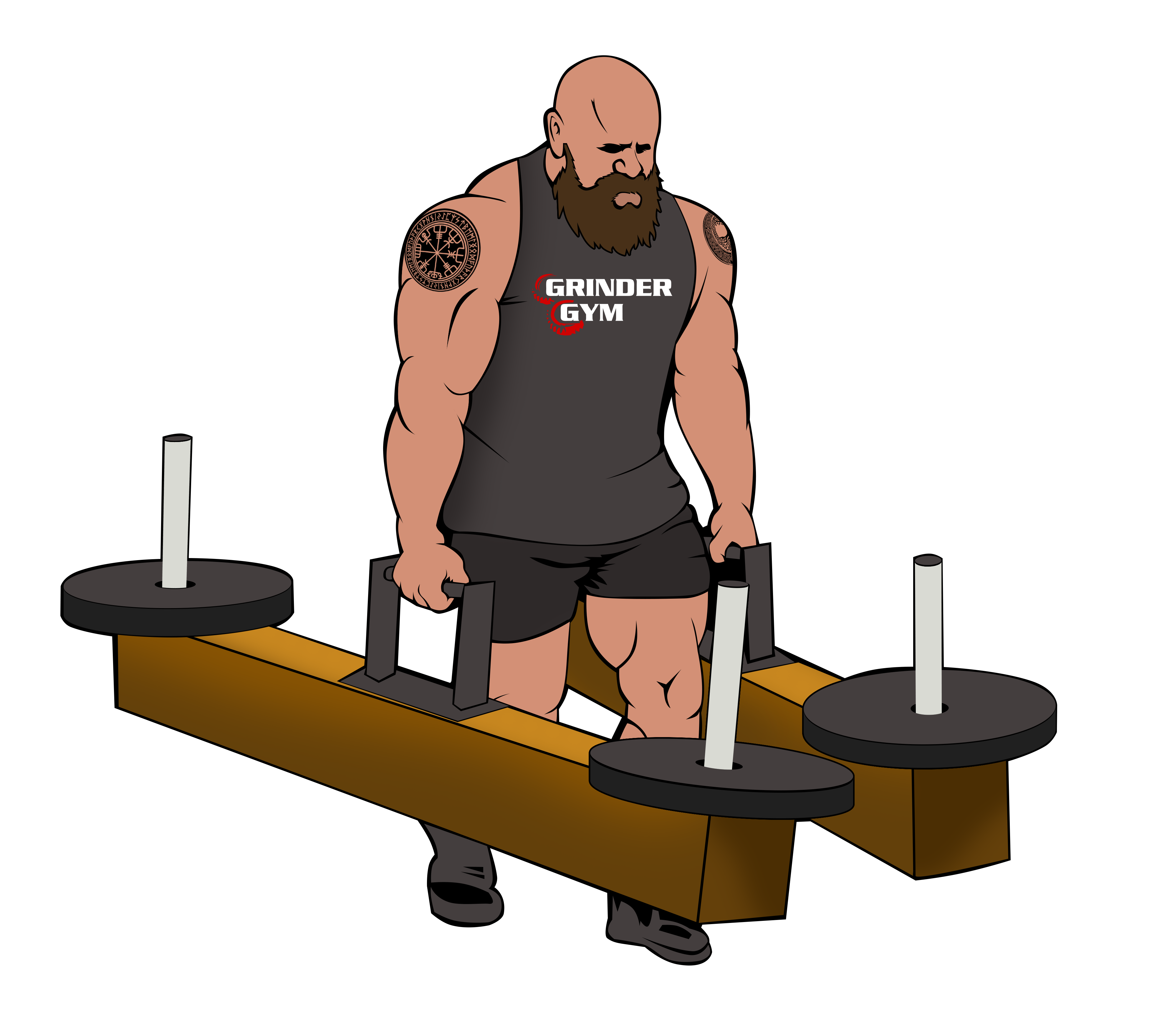Introduction
The Paleo Diet, also known as the Stone Age Diet or the Caveman Diet, was first popularized in the 1970s. It is based on the book The Paleo Diet written by Loren Cordain Ph.D. who argues that we need to eat wholesome, contemporary foods from food groups that our ancestors during the Paleolithic era ate. From roughly 2.6 million years ago to the start of the agricultural revolution, about 10,000 years ago, our ancestors were hunter-gatherers that ingested foods such as fresh meat, seafood, fruits, vegetables, seeds, nuts, and healthy oils, and by doing so their health thrived.
Promise
Besides freeing you of a multitude of chronic illnesses and diseases, eating a high-protein, high-fruit, and vegetable diet with moderate to high amounts of fat, with increased quantities of healthful omega-3 and monounsaturated fats, can help you lose weight. However, if employing this diet to lose weight, you’ll also need to ensure that the protein you ingest has two to three times the thermic effect of either fat or carbohydrates. In English, this means the protein source has to be able to rev up your metabolism so weight loss occurs. Another benefit of eating more protein is that it will also help to curb your appetite, a common complaint of those trying to lose weight.
Premise
Cordain argues decades of research support the position that hunter-gatherers thrived and were typically free from chronic illnesses and diseases such as obesity, cardiovascular disease (heart disease, stroke, high blood pressure, congestive heart failure, atherosclerosis), Type 2 diabetes, cancer, autoimmune diseases (multiple sclerosis, rheumatoid arthritis, Crohn’s disease, ulcerative colitis, etc.) and osteoporosis. Returning to such a diet will not only provide a myriad of health benefits but also assist those looking to lose weight.
Program Overview
Against a modern backdrop, the Paleo Diet looks to mimic the types of foods that people prior to the Agricultural Revolution ate. The emphasis is therefore on eating lean meats, seafood, fresh fruits, and vegetables that are high in beneficial nutrients like soluble fiber, antioxidant vitamins, phytochemicals, omega-3, monounsaturated fats, and low-glycemic carbohydrates). Program followers are encouraged to replace existing dairy and grain products in their diet with more nutritious fresh fruits and vegetables.
Plan followers can eat lots of fresh lean meats, fish, fruits, vegetables, and healthy fats. Eggs, nuts, seeds, and healthier oils such as olive and coconut oil are allowed. Forbidden foods include any proceeds foods, wheat, dairy products, grains, and legumes. Also say goodbye to refined sugar, potatoes, salt, and refined vegetable oils like canola.
Plan Strengths
The recommendation to eat unlimited fruits and vegetables as your source of carbohydrates may provide a low-glycemic index (the rise in blood sugar and insulin levels will be slow or limited). Excessive jumps in insulin and blood sugar levels have been linked to Metabolic Syndrome – obesity, hypertension, Type 2 diabetes, etc.
The Paleo Diet is high in fiber, protein, and omega-3 fat content, which also helps prevent Metabolic Syndrome. The high soluble-fiber content of the diet tends to also improve most ailments of the gastrointestinal tract. The high omega-3 fat content helps to improve many of the related inflammatory diseases as well.
Plan Weaknesses
Outside of Dr. Cordain’s research, there have been only a few small controlled trials that have focused on short-term weight loss. Those results have not proven impressive. Critics of the plans point out that restricting entire food groups make any diet difficult to follow for any length of time. And, while the diet does cut out sugary, fatty, and processed foods, nutritionists point out that you can still do so without eliminating whole food groups.
For some dieters, the cost of eating lean meats, fish, and fresh vegetables may be prohibitive. Another difficulty lies in picking out lean meats. Diet followers unfamiliar with the right cuts of meat could easily end up with cuts that are high in artery-clogging LDL cholesterol and saturated fat. Unfortunately as whole grains, oats, beans and other legumes that are a great source of fiber have been cut out of the diet plan, the ability to lower and/or moderate cholesterol becomes more challenging.
Finally, the plan is not viable for vegans and vegetarians as it is impossible to follow the Paleo Diet without incorporating animal food (meat, seafood, and eggs) into your diet.
Conclusion
The premise of cutting down/out refined foods, trans fats, and refined sugar, from any diet is a sound one given the huge body of research that links these transgressors to a multitude of health concerns. However, there are other ways to accomplish these tasks that do not require eliminating entire food groups (legumes, whole grains, and dairy). Food groups that research has shown to have beneficial health benefits. Additionally, outside of Dr. Cordain’s research, there are too few studies indicating any long-term benefits for this particular plan.
The information provided here is for educational or informational purposes only. Dave DePew does not endorse any of the programs/services reviewed here.
Additional Resources
Paleo Diet official website, http://thepaleodiet.com/
U.S. News, Paleo Diet – What You Need to Know, http://health.usnews.com/best-diet/paleo-diet
WebMD, the Paleo Diet, http://www.webmd.com/diet/paleo-diet
